-
The Influence of Edith Nesbit
A handful of children’s authors of the late nineteeth to early twentieth centuries were experiementing with innovative forms of story with radical content: Oscar Wilde, P.L. Travers, J.M. Barrie, Astrid Lindgren, John Masefield and E. Nesbit. These storytellers were pushing the boundaries of what people considered acceptable for children, and we have them partly to
-
How To Write A Tall Story
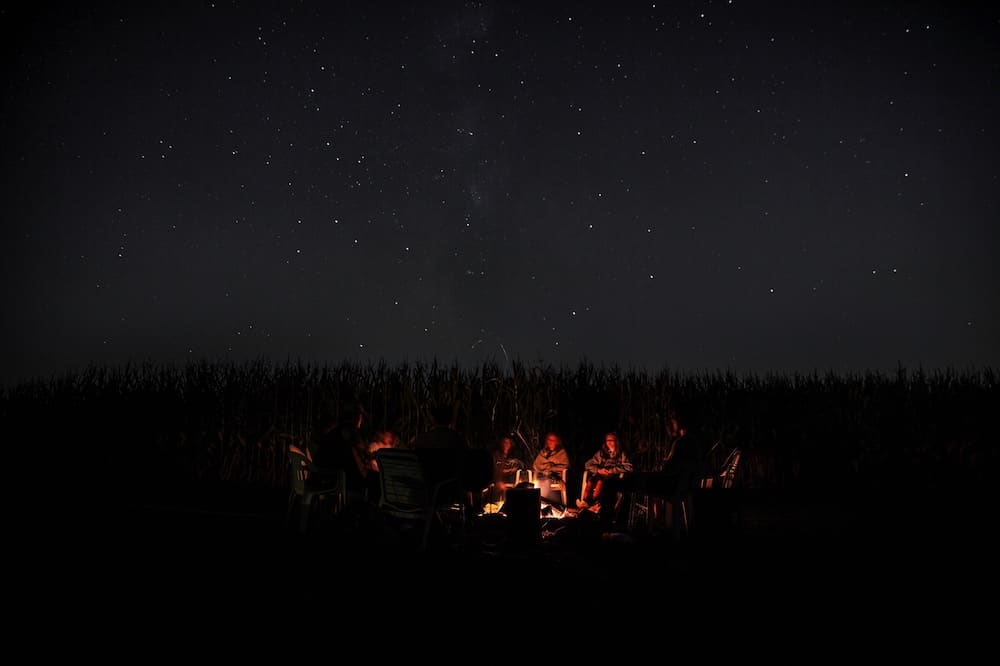
The ‘Tall Tale’ is a legitimate genre of story – not necessarily an insult. Maybe it sounds like one because as kids we were told to stop telling ‘tall tales’, when in fact we just thought we were ’embellishing’ real-life happenings. (If you’ve always been a writer than I expect you might identify with that!)
-
The Disgusting Sandwich by Gareth Edwards and Hannah Shaw Analysis
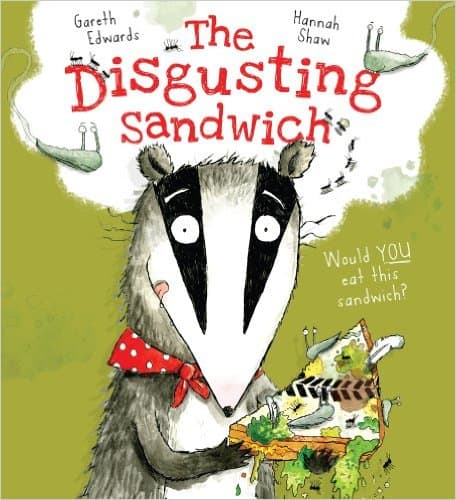
My 7-year-old kid expressed disgust at The Disgusting Sandwich and said she didn’t want to read it again, but she brought it to me again a few days later. This time, she knew what to expect, and managed to enjoy it. Most kids I know love to be grossed out. There’s a narrow window in childhood in
-
Shapes of Plots In Storytelling
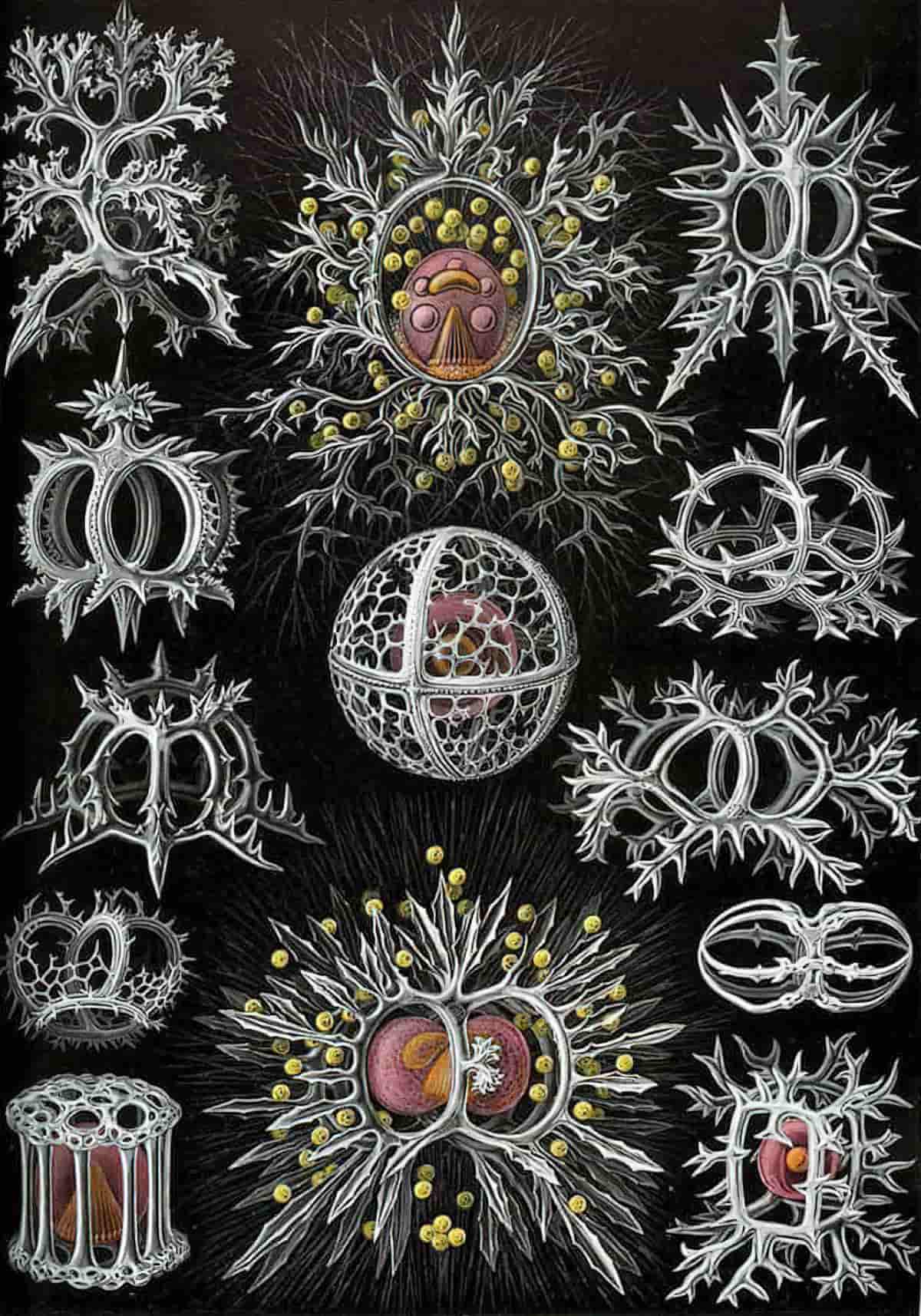
The success of a novel is only five percent about the structure and ninety-five percent about the quality of the writing. Elizabeth Lyons, Manuscript Makeover Younger writers should be experimenting with form as well as material, like a water-seeker with a divining rod. We are “haunted” by experiences, images, people, acts of our own or
-
Other Selves In Storytelling
There’s a prevailing idea that we are all cohesive, single selves. Sure, we might change over time, but if there’s such a thing as ‘being yourself’ then we must accept our own absorption of the idea that ‘yourself’ (singular) exists in the first place.
-
How To Write Underdog Stories
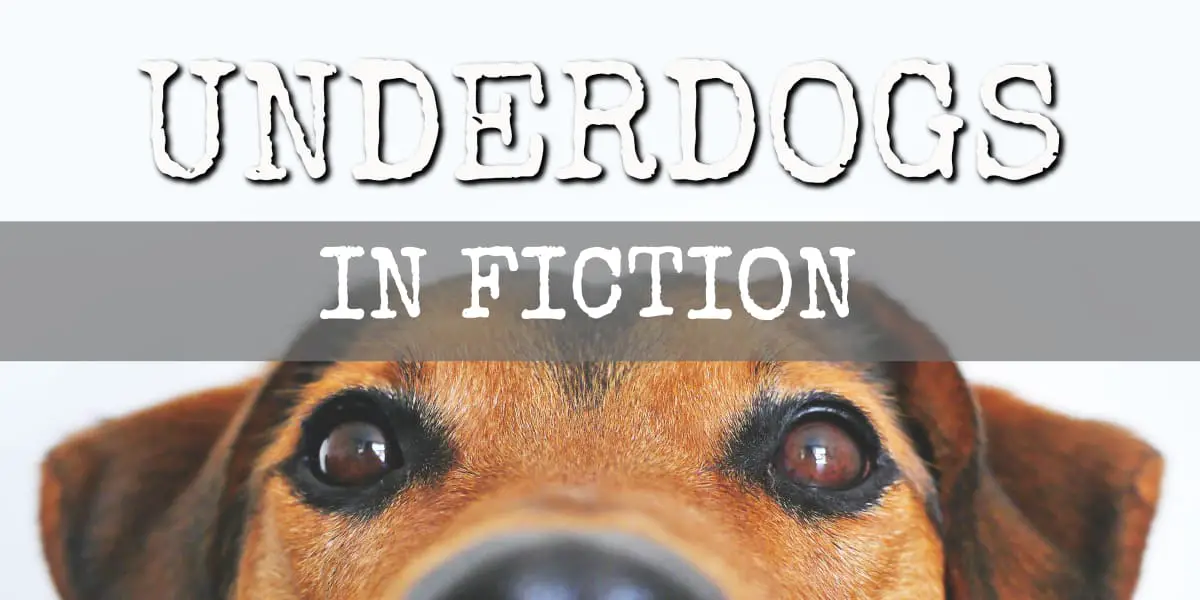
The underdog is very popular as a main character in fiction. But there are ways to write underdogs well as well as pitfalls to avoid. What Is An Underdog? The Three Assumptions Behind Most Underdog Stories It’s worth thinking hard about our own attitudes towards social hierarchy before writing an underdog story. In contemporary stories,
-
The Chaste Clarissa by John Cheever Analysis
WHAT HAPPENS IN THE CHASTE CLARISSA A twice-divorced philanderer holidays where he has always holidayed, on Martha’s Vineyard. On the ferry he meets for the first time a beautiful young woman who has recently married into a bird-watching, rock-collecting family of average Joes, but her husband won’t be joining Clarissa on the island, so our viewpoint
-
The Wizard of Oz Novel Study
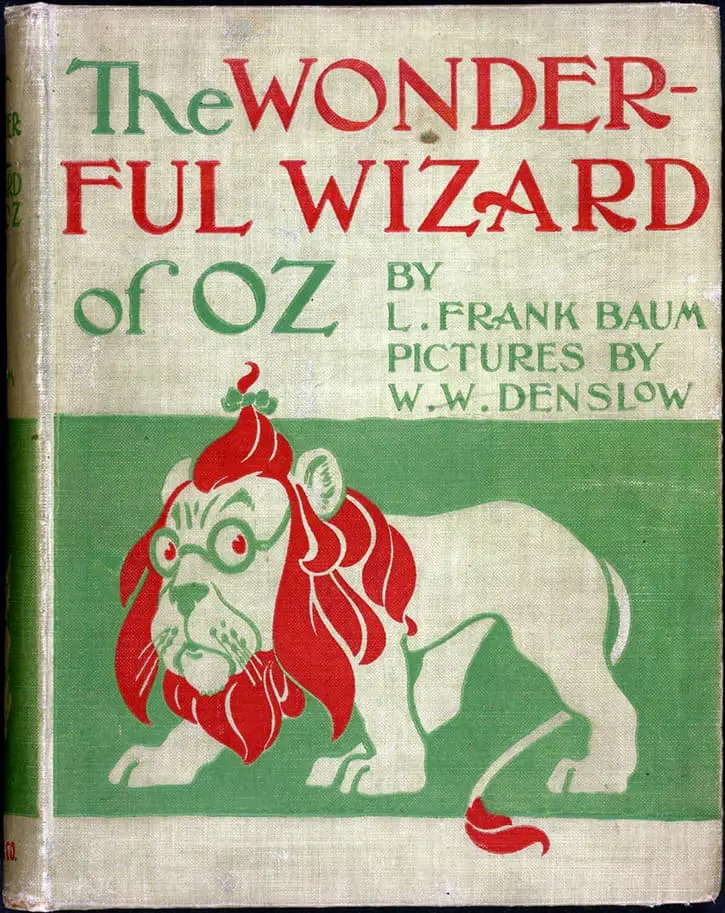
The Wizard of Oz is in some ways the inverse of Winnie the Pooh. Whereas L. Frank Baum’s Oz series is so highly metaphorical every member of a thinking audience weaves their own symbolism into it, Milne’s Pooh series is so devoid of symbolism that it’s famous among specialists of children’s literature for precisely the
-
Are You There, God? It’s Me, Margaret by Judy Blume
As an adolescent I was keen to get my hands on the complete works of Judy Blume, but unfortunately only a select few were available to me. I’ve only just read Are You There, God? It’s Me, Margaret, Margaret Simon, almost twelve, likes long hair, tuna fish, the smell of rain, and things that are
-
Must Characters Change? How Much?

Theorists have been interested for a long while in the question: What makes a story? Aristotle noticed in The Poetics that a plot must allow for a significant change in the fortune of a main character. But you’ve surely read stories in which characters don’t seem to change at all. Perhaps that’s why you’re here,
-
Snow White Fairy Tale History and Storytelling
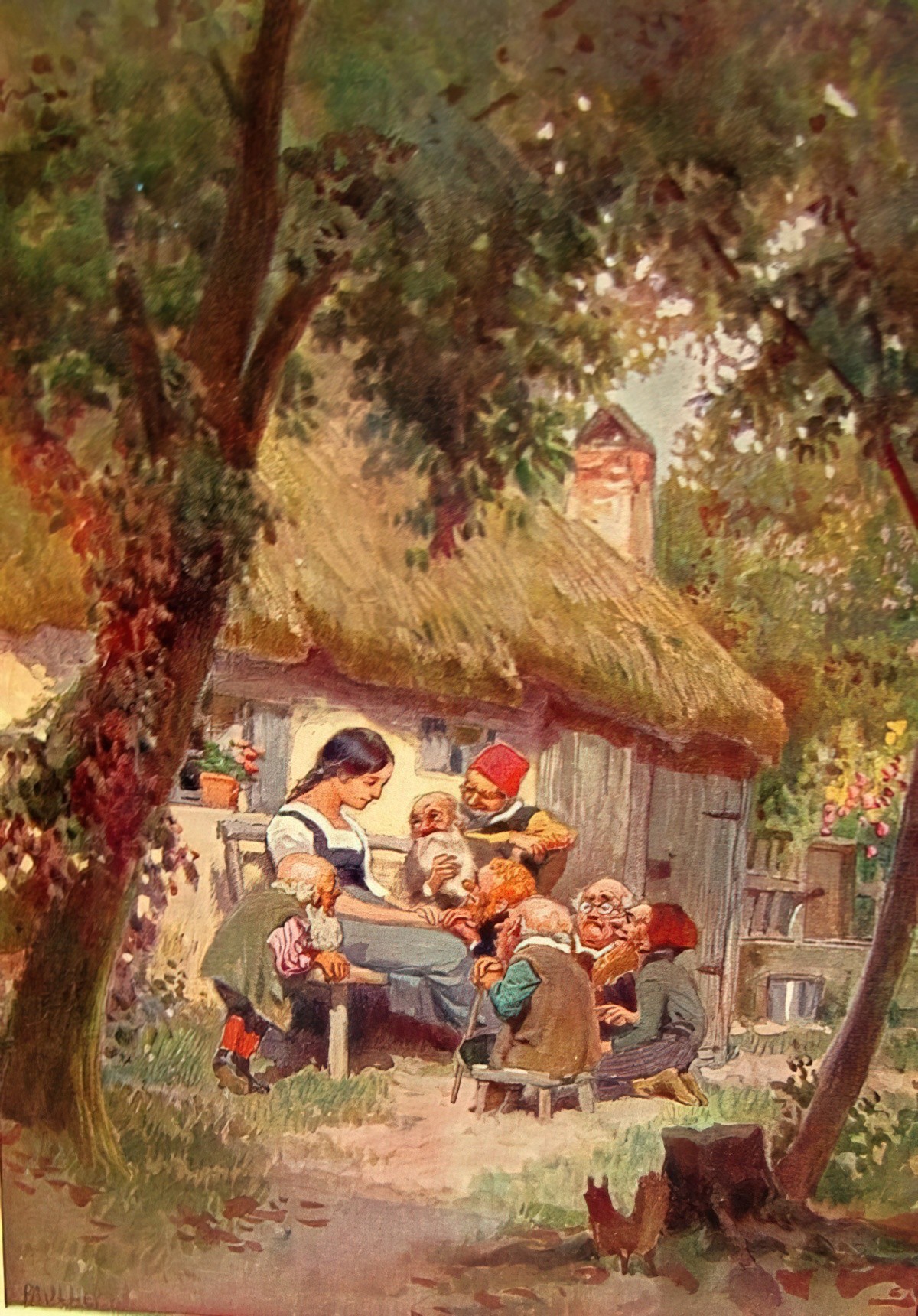
I’m sure any visitor to this blog has at least one version of Snow White on their childhood bookshelf. Which version did you have? When you think of Snow White, perhaps you think fondly of the Disney film, or perhaps, like me, you grew up with ‘Read It Yourself’ versions, as well as coming across it again in fairytale anthologies.
-
The difference between story and plot
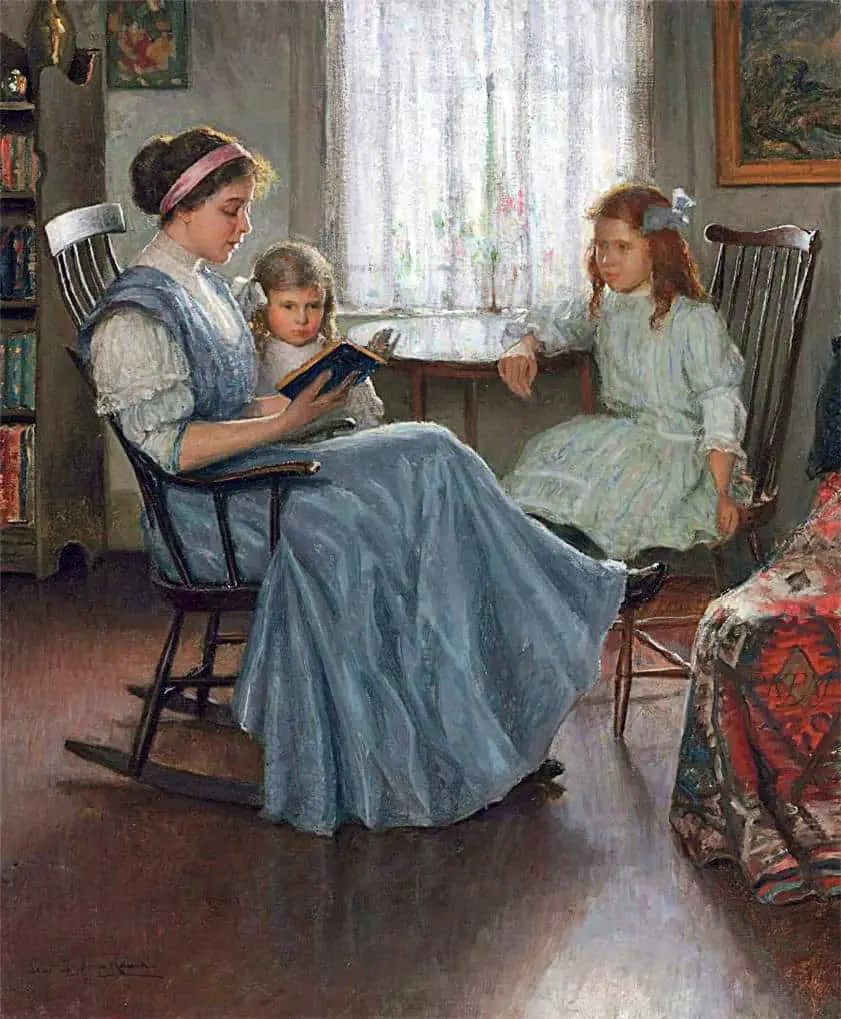
Story is the chronological order readers discover when they ask “what happened next”? Plot is the order readers experience when they pay attention to what happens next as they read. Plotting is what storytellers do when making decisions about how to unravel their story. Storytellers don’t tell the entire story. They pull out the
-
Monsters and Creatures In Children’s Literature
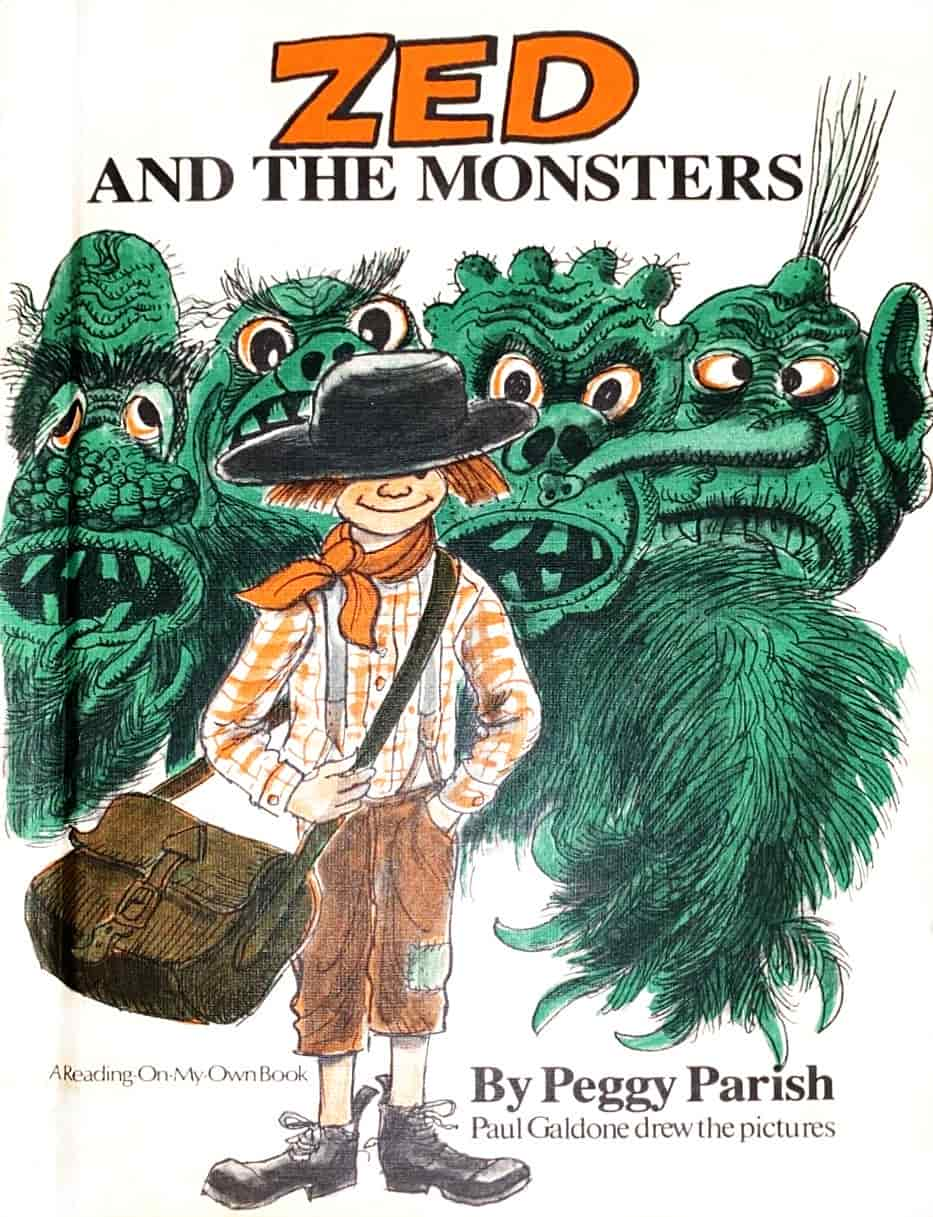
Natalie Tran is one of Australia’s best comedians and I enjoy her increasingly sporadic uploads to Community Channel on YouTube. Recently Natalie has been babysitting, and wonders what to do when the kid tells her there’s a monster in their bedroom. a. Do you go along with it? b. Do you tell them it’s just
-
A Day Like Any Other by Mavis Gallant Analysis
This story is interesting to me because of the year it was written. As a modern parent, I hear a lot about how ‘parents these days’ are overprotective of our children, interfering too much in their lives, stunting their emotional development. Yet this is a story of one such mother, and it dates from 1952. Have
-
Little Red Riding Hood Fairytale History
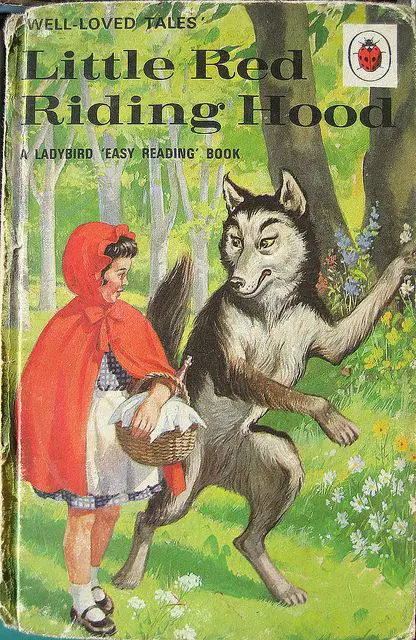
“Little Red Riding Hood” is one of the best-known fairy tales. Depending on who tells it, this is a feminist story, or a patriarchal one. Little Red Riding Hood is told to children, but probably features often as a sexual fantasy. Elle avait vu le loup – “She’d seen the wolf” in French means she’s lost her virginity. There are also…